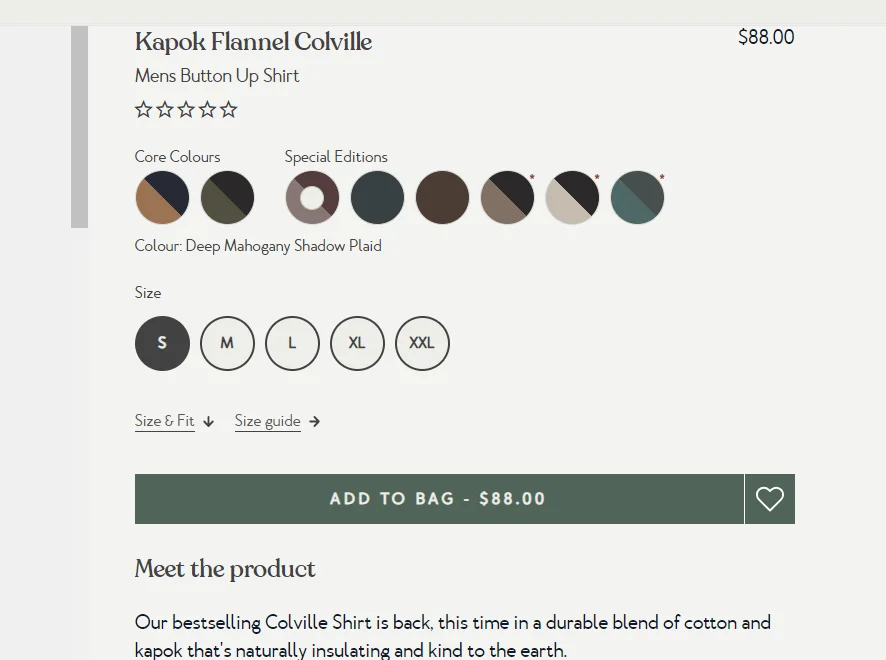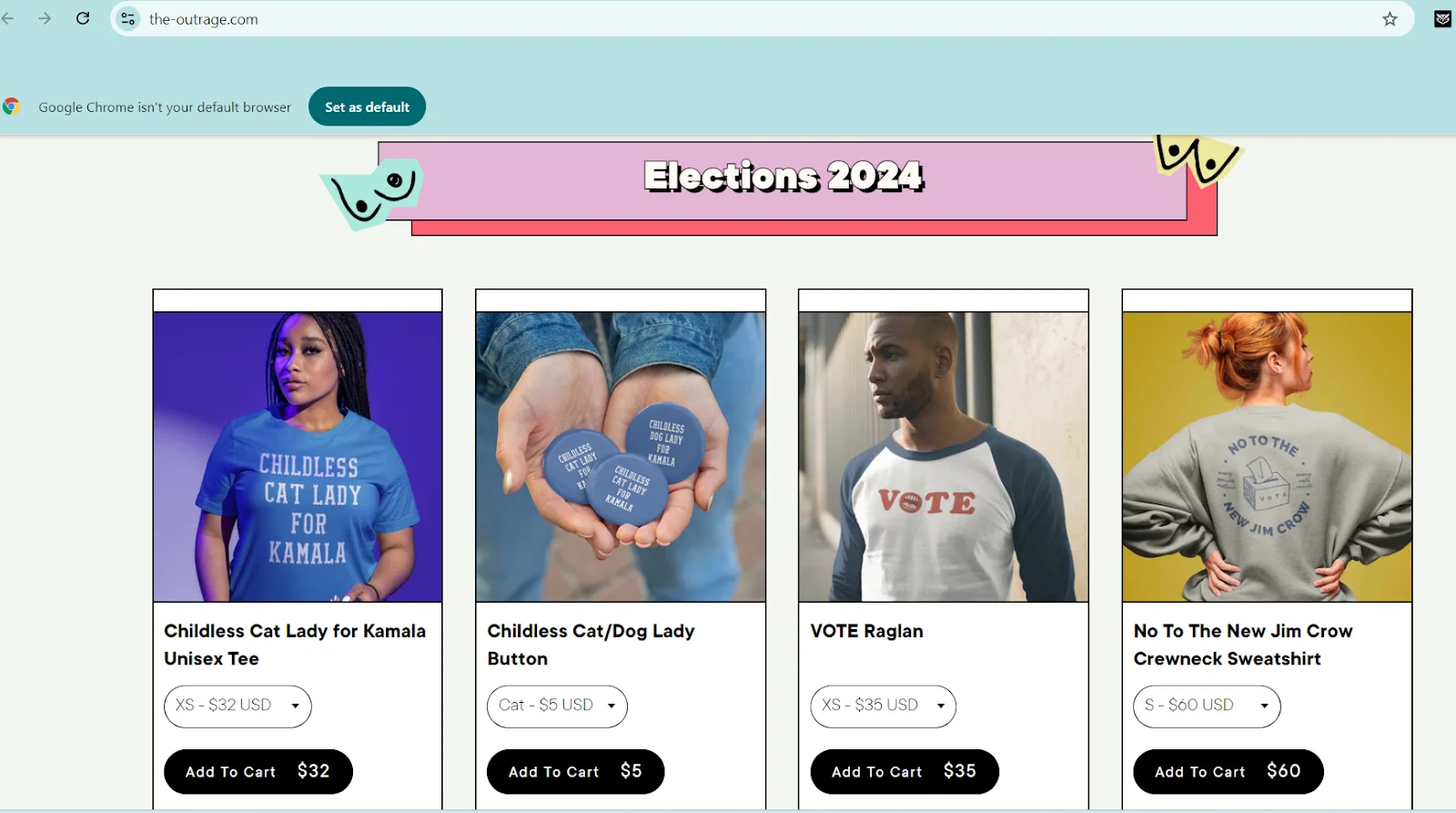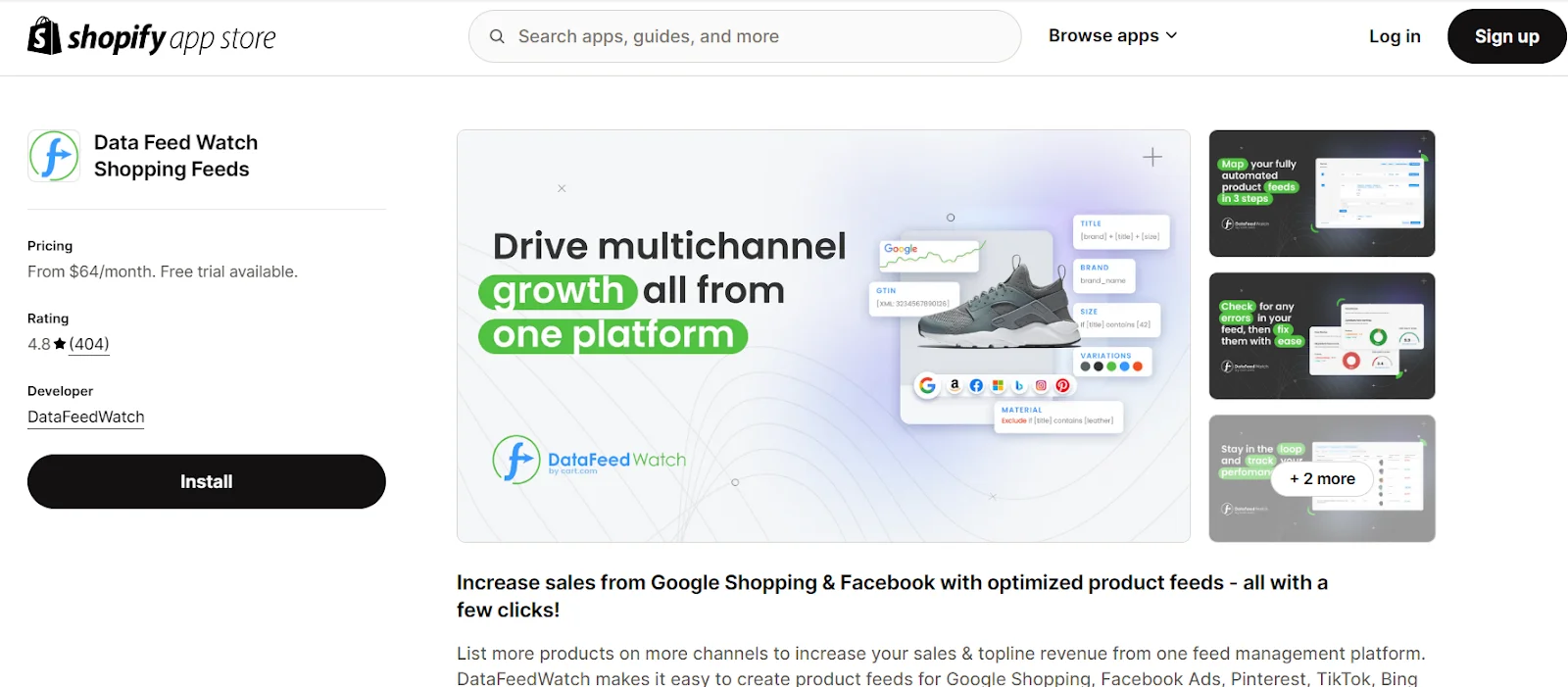SWOT Analysis: The Ultimate Tool for Business Growth - Mageplaza
Learn how to use SWOT analysis to identify strengths, weaknesses, opportunities, and threats. Build smarter strategies and drive business growth effectively.

With over 5 million active Shopify stores worldwide, the competition is fierce. So, how can your business stand out, leverage its competitive advantages, and build customer trust? This article will offer you effective tactics from experienced experts to help you outshine your competitors in the highly competitive e-commerce market.
A Shopify marketing strategy is a comprehensive plan created to attract and convert potential customers into loyal buyers. This strategy helps e-commerce businesses promote their brands by using various techniques to increase visibility and boost sales and revenue. Shopify marketing is widely used by businesses on the platform to reach a more engaged audience and achieve brand growth.
Creating a well-crafted marketing strategy is essential for the success of your Shopify store. Here are the key steps to follow:
To effectively target your audience and grow your Shopify business, it’s essential to conduct thorough market research. This involves specifying your target demographic, analyzing competitors, monitoring website analytics, conducting interviews and surveys, and gathering industry data. By creating a buyer persona based on this research, you can develop marketing strategies that resonate with your target audience and drive sales.
To ensure your Shopify store resonates with your target audience, it’s crucial to articulate the problem your product solves clearly. Consider the “why” behind your products and how they address a need or improve upon existing solutions. This understanding will help you establish product-market fit and develop compelling messaging for your website.
To guarantee the success of your Shopify marketing campaigns, it’s essential to establish clear and measurable goals. The SMART goal framework (Specific, Measurable, Achievable, Relevant, and Time-bound) provides a structured approach to setting objectives. For example, instead of simply aiming to “increase sales,” a strategic goal might be “to increase sales by 25% over the next six months.” This makes the goal more focused, trackable, and achievable.
Social media is a cutting-edge tool for businesses to promote their brand and products. By understanding and engaging with their audience, brands can effectively use both organic and paid tactics on platforms like TikTok, Instagram, Facebook, LinkedIn, Snapchat, WeChat, and X to increase sales and awareness.
To improve readability for your customers on mobile devices, prioritize the structure of your product descriptions. The aim is to ensure that shoppers don’t have to scroll excessively to access the entire product page.
Here are some suggestions for implementing this Shopify marketing strategy:
Take a look at how Hiutdenim presents its product content clearly and comprehensibly:

SEO involves optimizing your web content to convey the relevance and value of your offerings to search engines, enabling them to match user searches with your solutions more effectively. Since 48% of online shopping journeys begin with search engines, it’s essential to be visible for the right searches at the right time. For example, if you’re hosting a sale event for Black Friday or Cyber Monday, your sale page should be optimized for keywords like “BFCM deals.”
When developing an SEO strategy for your Shopify store marketing, be sure to:
When developing a marketing plan for your Shopify store, it’s essential to optimize your website specifically for the Shopify platform. A well-optimized Shopify store allows customers to browse products and categories easily.
To enhance your Shopify store and ensure it provides a valuable customer experience (CX), consider the following:
Sticky CTAs (Call-to-Action) enhance mobile shopping by allowing users to add more products to their shopping cart with no need to scroll back up the page.
Here are some strategies to optimize your product page CTAs for mobile, which can inspire your Shopify marketing campaign:

Incorporate a feature that allows customers to purchase suggested products directly from your store’s homepage. The Outrage, one of the best brands recognized by Shopify, includes add-to-cart buttons directly on its homepage:

This enhancement will improve the shopping experience by minimizing the number of clicks needed to complete a purchase, creating a more streamlined and intuitive journey for customers.
Enhance product images with hover interactions or tiles to give extra information or quick previews. Display essential details, such as the product name, price, and ratings, when your users hover over a suggestion.
If size specifications are required, have the CTA read “Select Size” before changing to “Add to Cart” once the shopper has made their selection.
One online store we worked with had over 25 apps installed in the background. Each app typically adds scripts, stylesheets, and functionalities to a Shopify store. Even if you’re not actively using an app, its JavaScript files still load, which can slow down your site speed.
If you’re looking to improve your Shopify website’s speed and load time while using apps, consider these optimization tips:
Evaluate and Research Apps: Before installing any app, check if it loads quickly and has good-quality coding.
Ensure Optimization and Updates: Make sure that the apps you use are well-optimized and regularly updated by their developers.

Email marketing is a crucial strategy that Shopify owners should adopt in 2024 to enhance customer relationships. Whether you’re looking to retain existing customers or inform them about new offers, email marketing provides a very efficient method to engage and connect with your audience.
There are many tools available to help you create and manage email marketing campaigns for your Shopify store. Here are a few popular options:
Shopify Email: Shopify Email is a built-in tool that allows admins to create and send email campaigns directly from your Shopify admin. Shopify Email is seamlessly integrated with your store, simplifying email list management and result tracking.
Mailchimp: Mailchimp is known as a leading email marketing solution. It provides an intuitive interface and many templates as well as design options.
Klaviyo: Klaviyo is a widely used email marketing service that provides a variety of features, including segmentation, automation, and A/B testing.
Read more: Shopify Email Marketing Handbook for Online Store Owners
Videos have emerged as a transformative trend in social media and marketing. They serve as powerful revenue generators, allowing consumers to visualize a brand’s offerings more effectively while also engaging and captivating the audience.

By creating high-quality videos, utilizing various formats, optimizing for search engines, and promoting them effectively, you can enhance brand visibility, engage with your audience, and drive more conversions. Remember to evaluate outcomes and make evidence-based decisions to refine your video marketing strategy.
Here are some additional tips to optimize the efficiency of video marketing for your Shopify store:
Social media has become a crucial marketing tool for businesses across all niches. A widespread social media influence is now essential for success, making investment in social media one of the key Shopify marketing strategies.
Brands can leverage social media content in several ways, including enhancing the visual appeal of their Shopify store, using social media as social proof, and embedding content for product inspiration.
Tips for Leveraging Social Media for Your Shopify Store:
What better way to promote your Shopify store than by using platforms specifically designed to help you develop effective marketing strategies? There are numerous Shopify marketing apps available that enable users to plan and execute their marketing efforts more efficiently.

Whether you need assistance in creating quality product bundles, suggesting frequently bought-together items, or automating customer support, the right marketing apps can streamline these processes and make them easier for your business.
Most reputable Shopify apps integrate seamlessly with your store’s platform, but it’s important to review the app’s documentation and user reviews for any potential integration issues. Utilizing free trials or demos can help you assess the app’s functionality and ensure it operates smoothly within your store.
Many of the strategies we’ve explored, such as utilizing user-generated content (UGC) for Shopify stores and investing in social media, benefit significantly from partnerships with creators. Depending on your brand’s needs, you can work with influencers or content creators to produce professional and captivating content that can be used in various ways.
By collaborating with creators, you can access their established audience while leveraging their credibility and influence. Additionally, you can incorporate this content into your Shopify store to enhance engagement.
Tips for Collaborating with Influencers for Your Shopify Store:
Several common areas for improvement in e-commerce businesses include increasing the average order value, decreasing the cart abandonment rate, and enhancing overall revenue.
Businesses can utilize cross-selling and upselling strategies through apps available on their Shopify store. These tools can substantially elevate average order value and revenue by facilitating the creation of effective product bundles and showcasing related products in strategic locations.
Read more: Top 15 Powerful Upsell App Shopify for Your Store
Tips for Implementing Cross-Selling and Upselling Tools in Your Shopify Store:
In conclusion, implementing effective Shopify marketing strategies is crucial for the overall success of your Shopify business, laying a strong foundation for long-term sustainability and profitability. In this blog, we explored the significance of having a strategic marketing plan and provided a list of strategies designed to help you develop a comprehensive marketing approach that matches your brand’s goals.